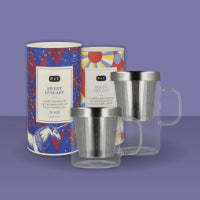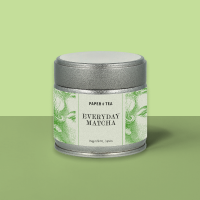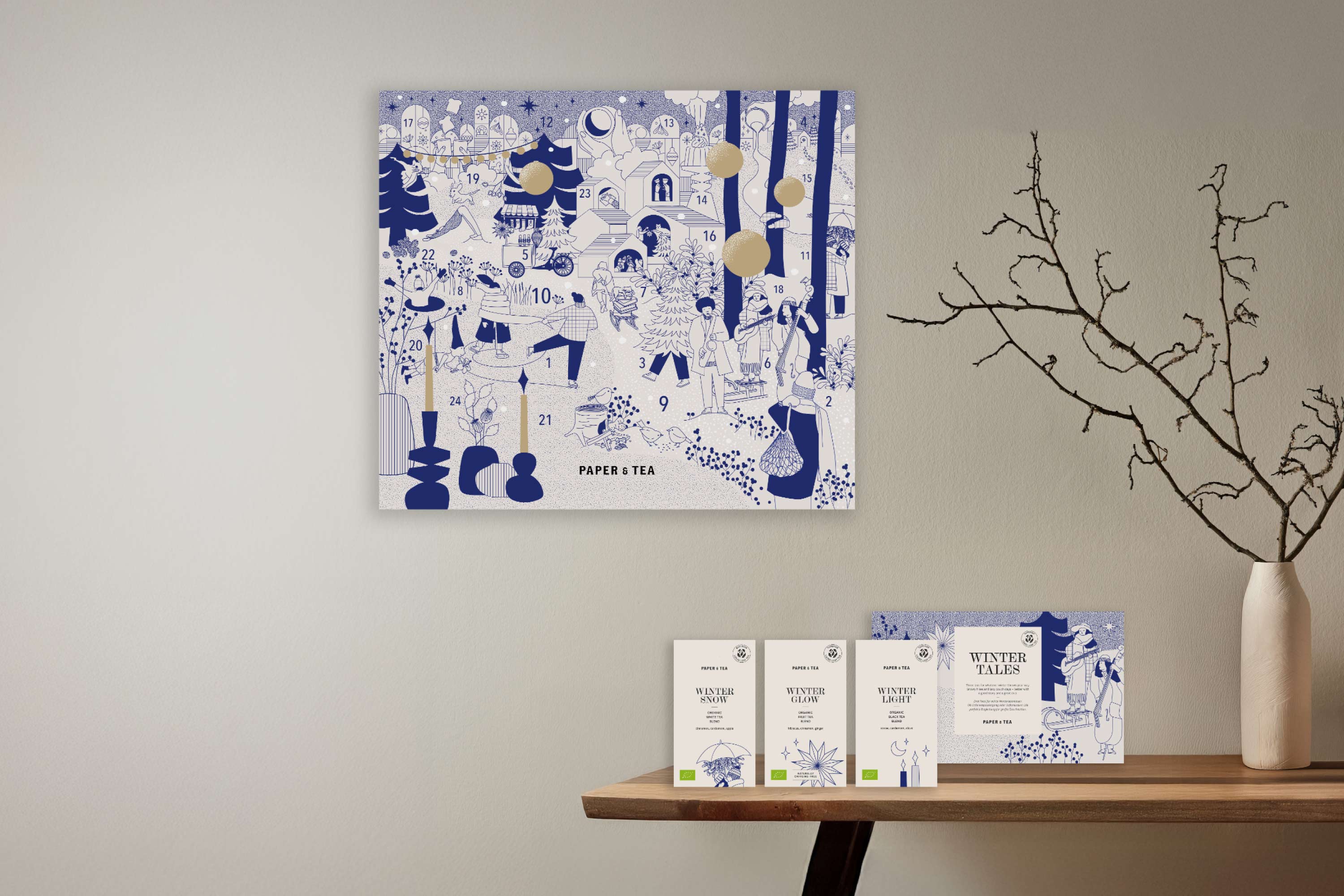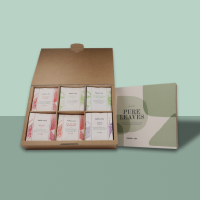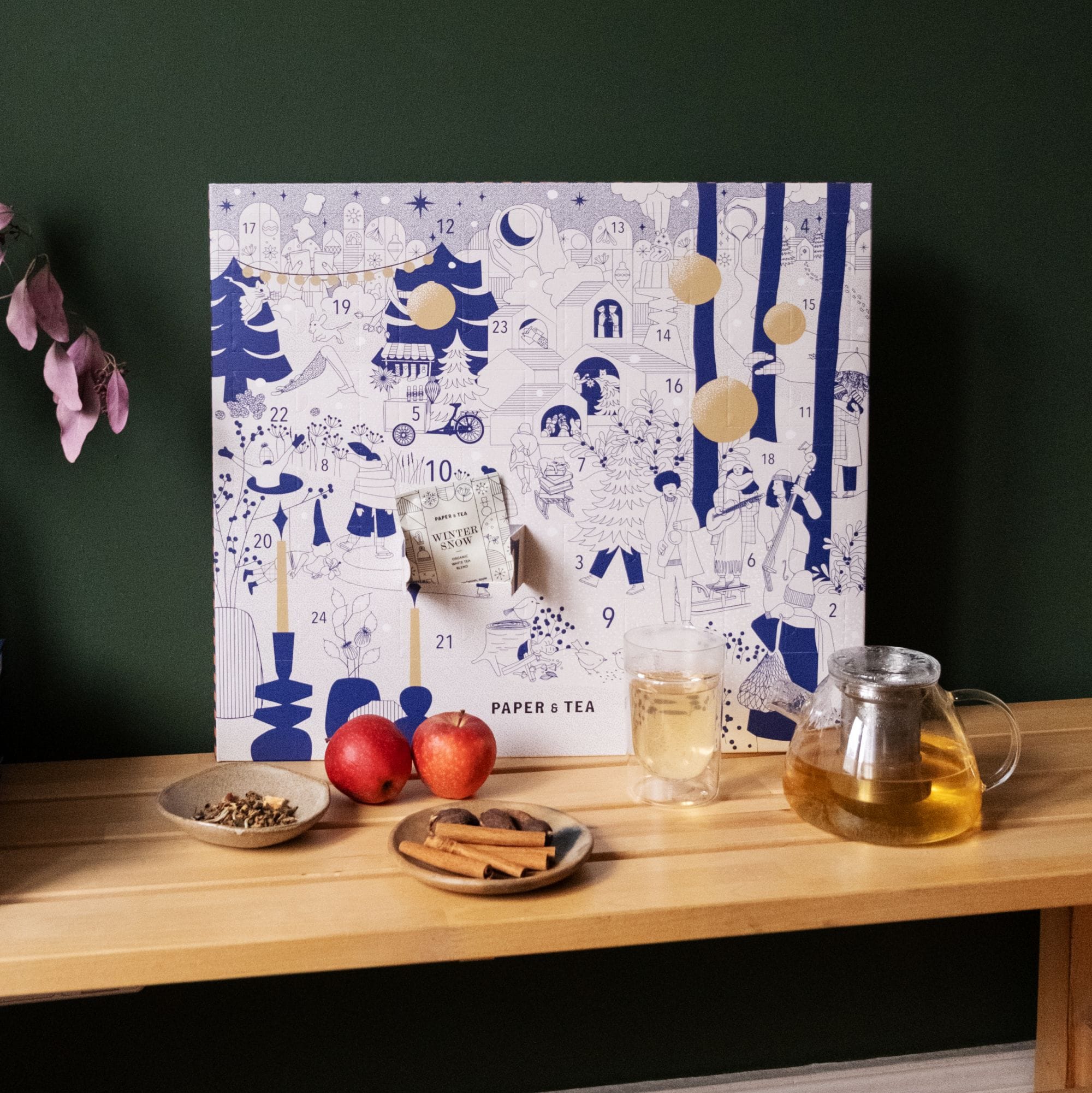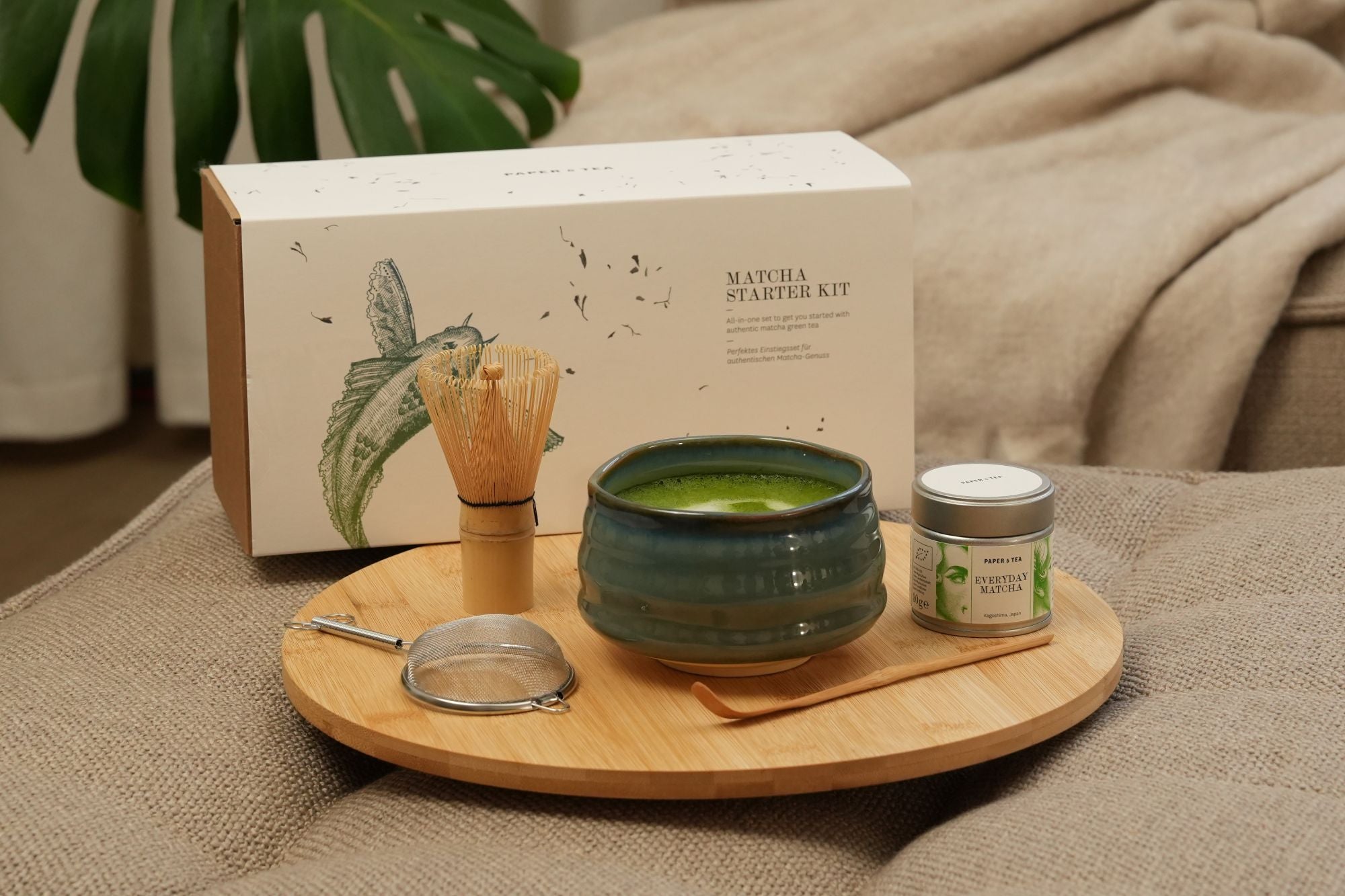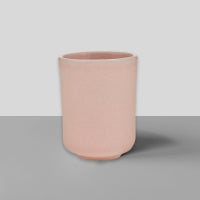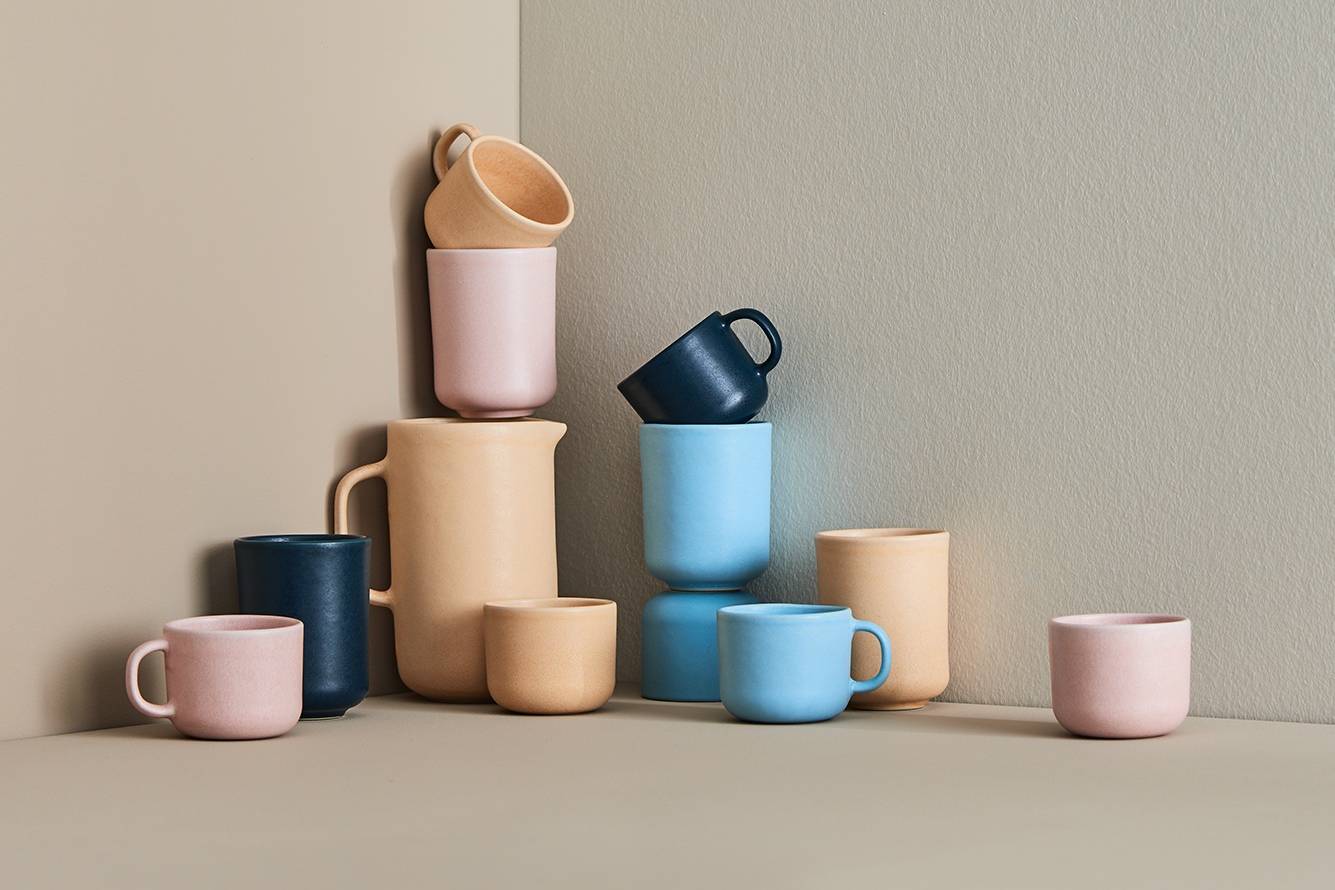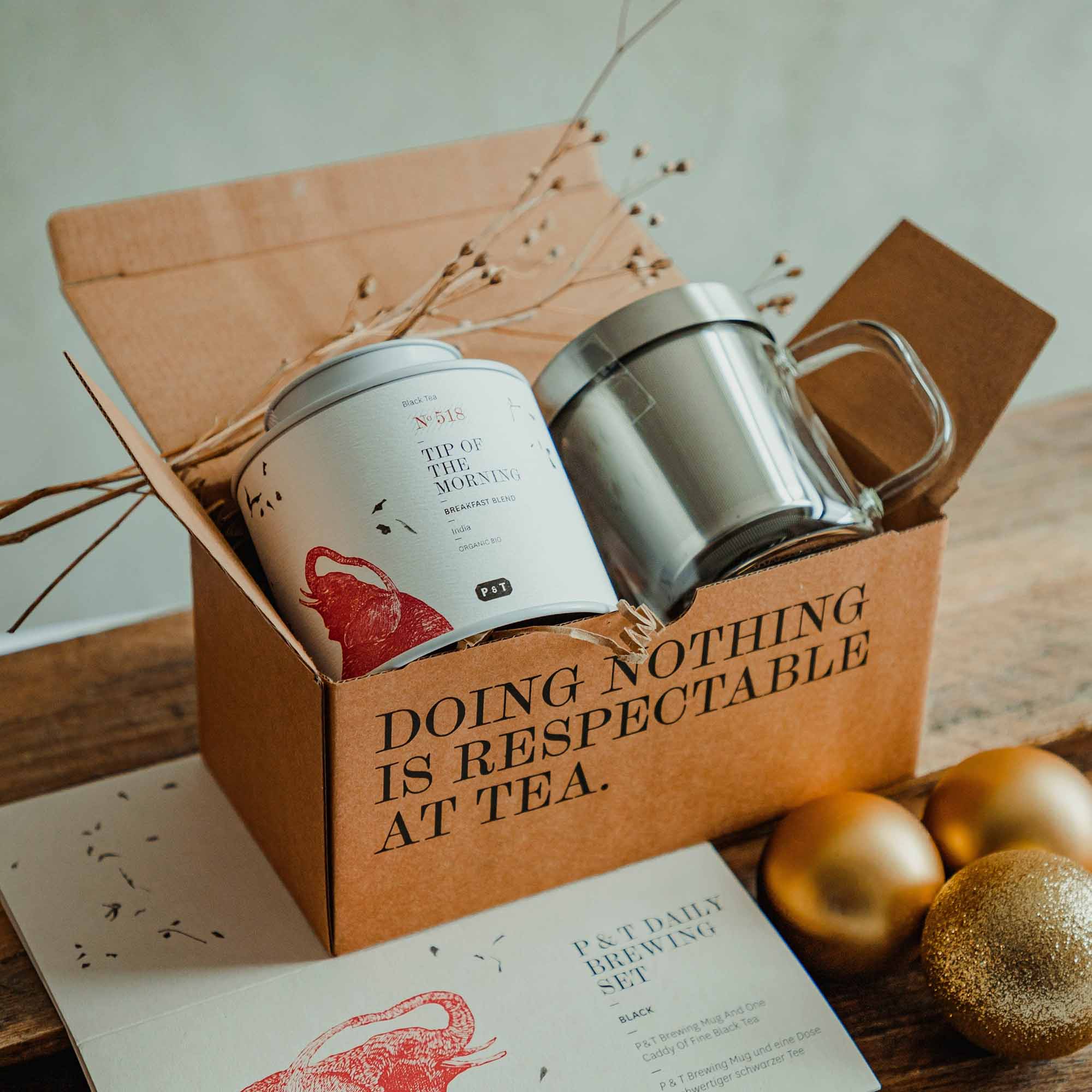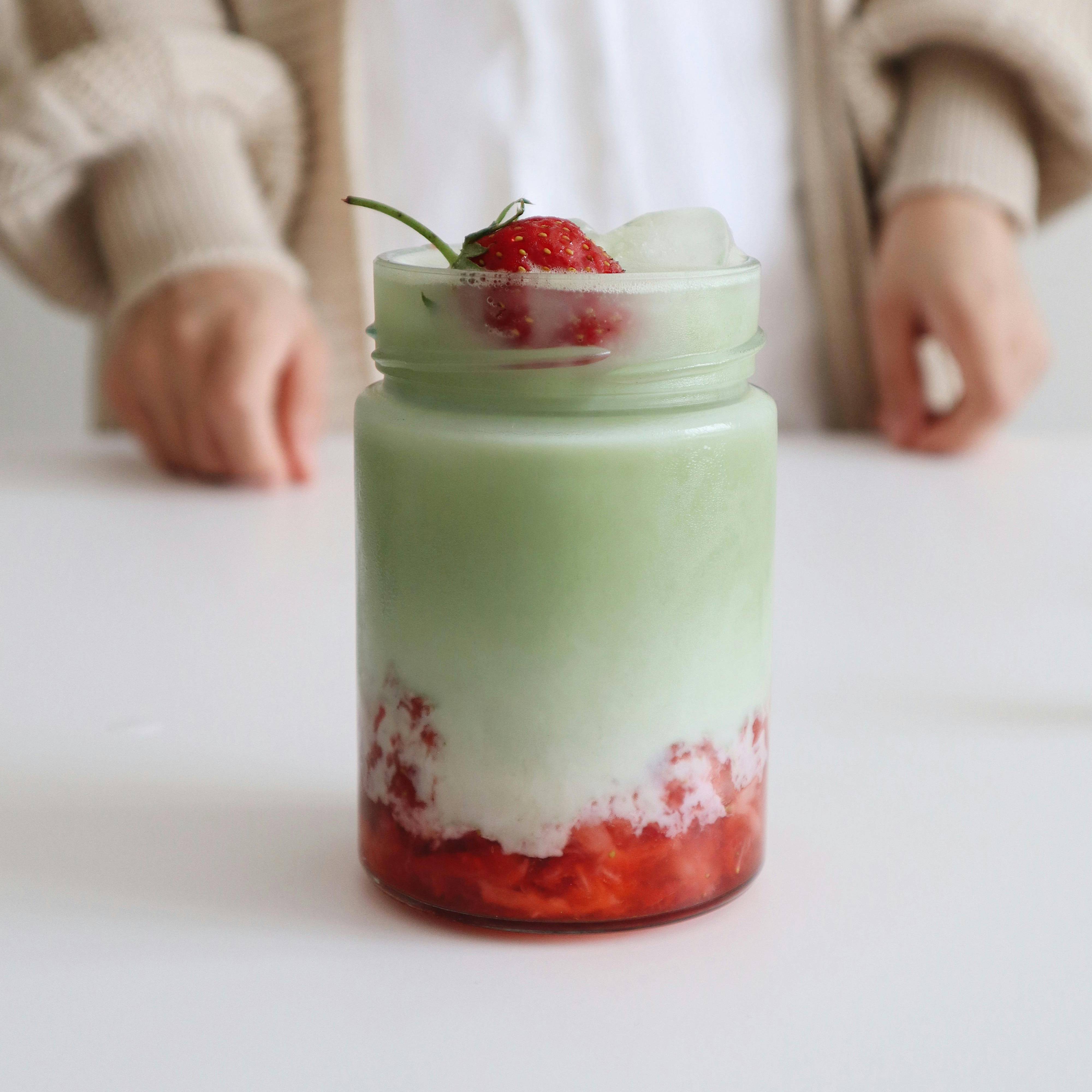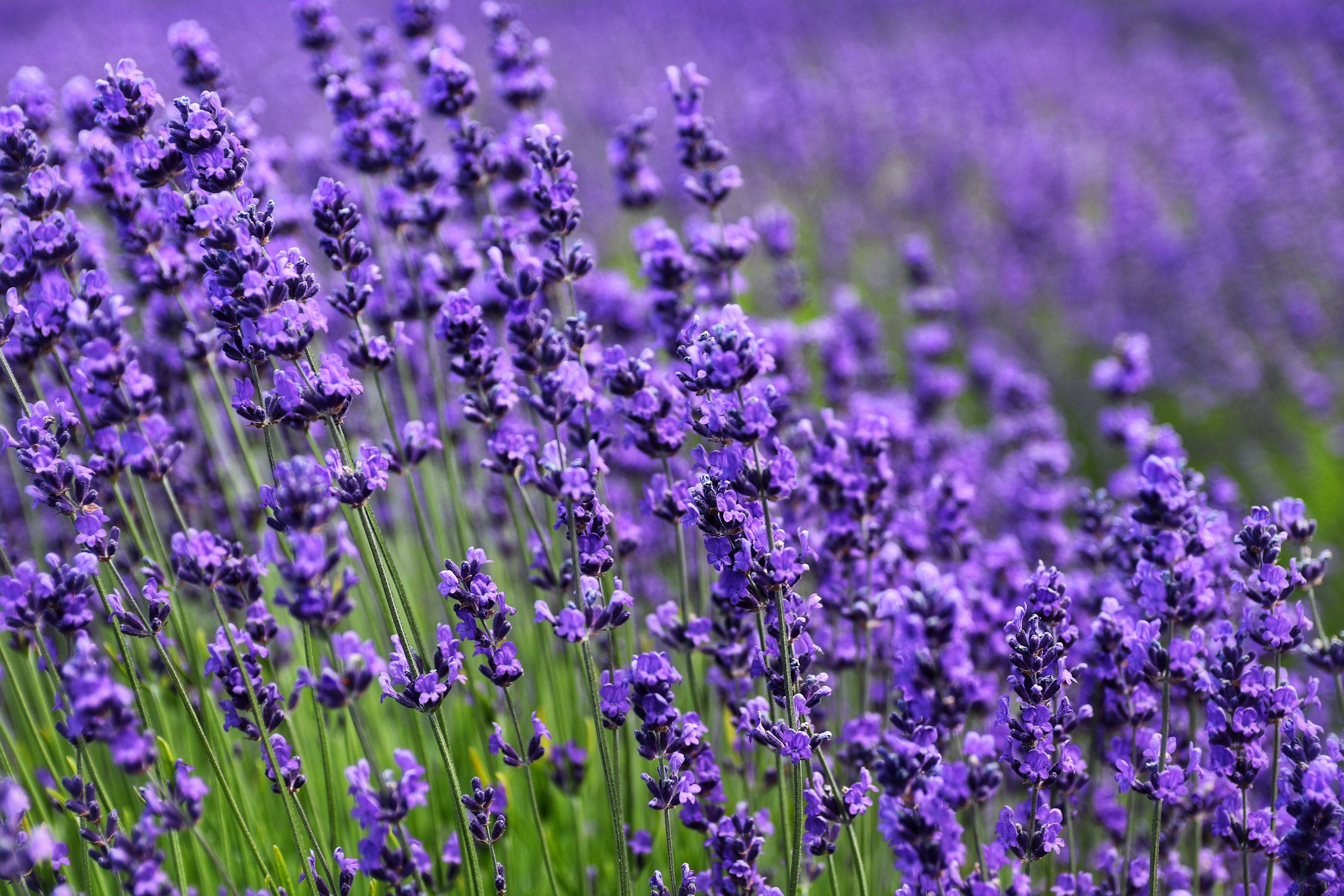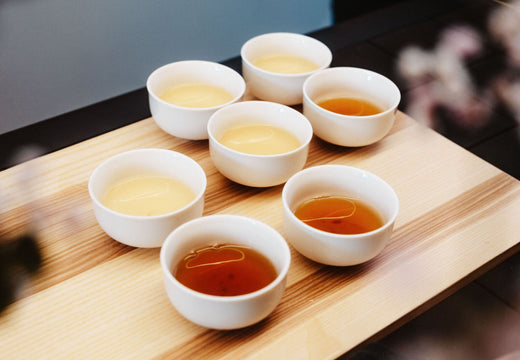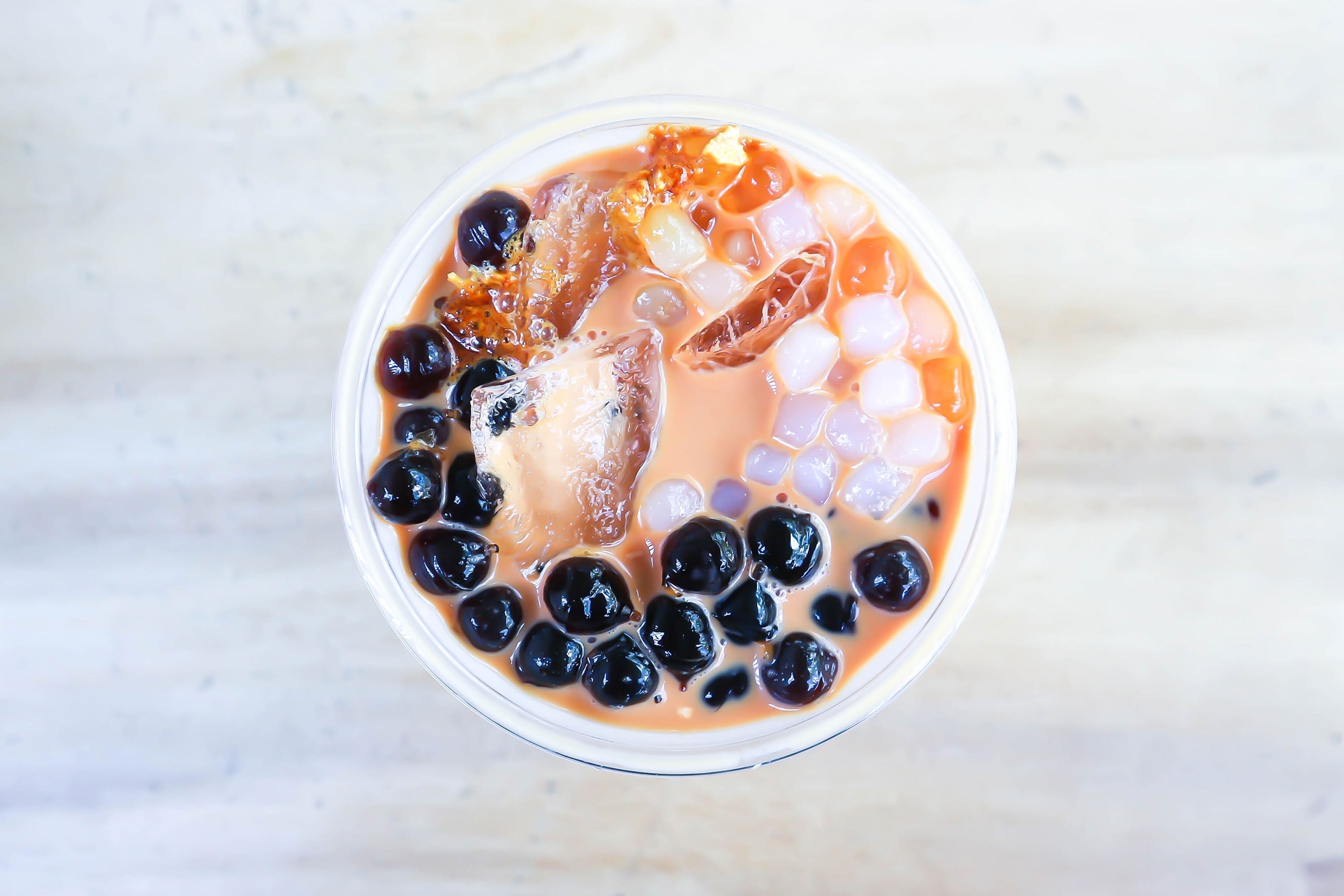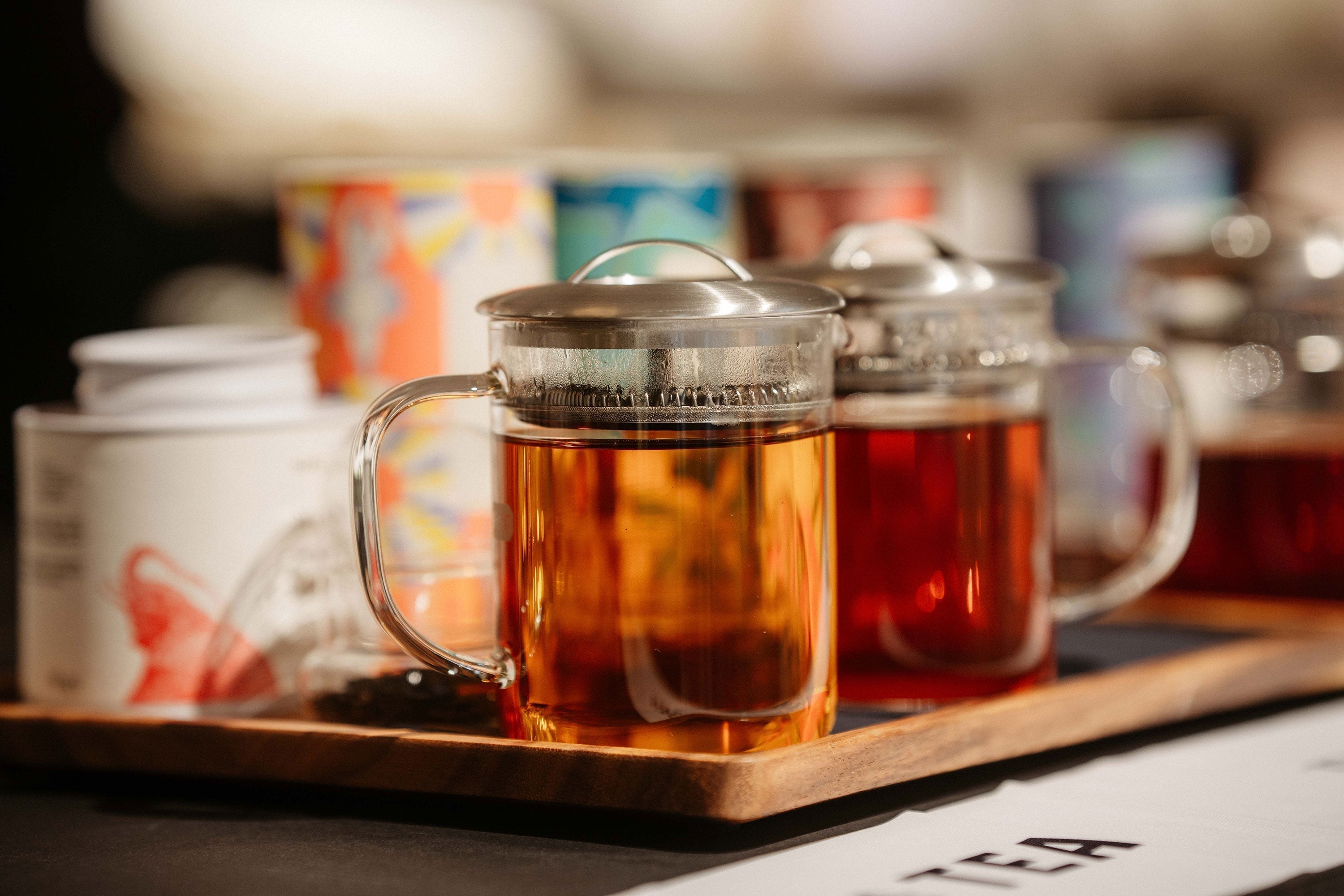Tea ranks as the second most popular beverage in the world after water. This is reason enough to get to know this delicious drink a little better. Are you looking for your new favorite flavor or want to delve deeper into this fascinating world? You have the choice. There are six different types of tea, and they are all meticulously produced from the same tea plant, Camellia Sinensis. As a result, tea reveals itself in all imaginable oxidation levels. Whether green tea, black tea, oolong, Pu-erh, yellow, or white tea, each cup takes you on a journey of discovery into a new world and culture. In our overview, we introduce you to well-known tea varieties.
Classic Tea Varieties
Generally, tea is understood as the beverage produced by steeping the leaves of the Camellia Sinensis tea plant into hot water. Depending on the processing, a wide range of tea varieties emerges, all in their own way a delight for the palate. A crucial process is oxidation, the natural reaction of tea leaves with oxygen. We distinguish between six types of tea: white tea, traditionally made from the finest buds, is the least processed tea. Black tea, with its highly oxidized dark leaves and robust flavor, enjoys great popularity, so does green tea with its pleasant freshness. The partially oxidized oolong is a true gem for tea connoisseurs, falling between green and black tea on the oxidation level spectrum. The fermented pu-erh tea embodies an ancient tradition, maturing to a flavorful masterpiece over the years. Yellow tea is a rarity from China, with only a few tea masters knowing its production secrets.

Black Tea
Black tea, also known as the "tea of the West," is very popular in Europe. The British enjoy it with milk during their Teatime. Most black tea is grown in China, India, Sri Lanka, and Kenya, but tea plantations exist worldwide. It undergoes full oxidation during processing, meaning the tea leaves are broken and crushed to expose them to the surrounding air. They turn dark as they react to oxygen. In China, black tea is called "red tea" due to its color in the cup. Depending on the variety, black tea offers diverse flavors from floral-fresh to malty-robust. Naturally, it contains caffeine, making it perfect for morning or afternoon enjoyment.
- Assam is a strong black tea from the Assam region along the broadest river in India, the Brahmaputra. About 50% of India's tea production takes place here. Its malty notes are reminiscent of cocoa and caramel.
- Darjeeling, named after the region in northern India, is a highly appreciated black tea with a floral-light taste and is considered the "champagne of teas" among connoisseurs. The year’s first two harvests, “First Flush” and “Second Flush”, are the most delicate ones. The designated origin Darjeeling is protected, and only tea grown in the same high altitudes of the Himalayas may bear this name.
- Ceylon is the old name for Sri Lanka. The first tea was planted on former coffee plantations under British colonial rule. Typical for Ceylon tea is its red color in the cup.
- Earl Grey is perhaps the most famous black tea blend. Traditionally, black tea is flavored with bergamot.
Green Tea
No tea is as diverse as green tea: within the largest tea family, you can savor countless flavors. In countries like China or Japan, green tea is also called the elixir of life. Green tea must be produced quickly, since oxidation begins immediately after harvesting. This preserves the green color of the tea leaves and gives green tea its uniquely fresh taste. There are two methods to stop oxidation: in the Chinese style, tea leaves are roasted in a type of wok with dry heat, while in Japan, they are traditionally steamed. Green tea is classically served at many rituals, such as the Japanese tea ceremony.

- Sencha has a juicy-green taste and is the typical, everyday tea in Japan. The tea leaves are briefly steamed and then rolled into fine needles.
- Matcha means “ground tea” in Japanese. Green tea, shaded under nets 3-5 weeks before harvest, is meticulously ground using stone mills. This fine powder has a creamy-sweet taste and impresses with its intensely green color.
- “Gunpowder” is a classic Chinese green tea. The tea leaves are rolled into small pellets to retain the tea’s fresh flavor longer, hence the name Gunpowder.
- Lung Ching, also known as Long Jing, is one of the most famous green teas from China. During processing, it is roasted and then pressed against the wok, creating its typical flat leaf shape. This green tea specialty delights with slightly sweet and nutty aromas.
White Tea
White tea is the least processed tea. After harvest, it is laid out to dry, achieving minimal oxidation. Traditionally, only the youngest buds of the tea plant are used for white tea, making it an exquisite specialty. Nowadays, innovative creations consist of buds blended with tea leaves.
- Bai Hao Yin Zhen, also known as "Silver Needle", is a noble white tea originally from the Chinese province of Fujian. The silvery tea buds unfurl a delicate flavor in the cup and are highly appreciated among tea connoisseurs. Our SILVER SINDANO N°106, processed in Africa, is a modern take following these ancient traditions.
- Bai Mu Dan, Chinese for "White Peony", invites you to explore the world of white tea. Named after the empress of flowers, the delicate peony, this Chinese white tea lives up to its namesake with floral-full-bodied flavors.

Oolong Tea
The production of oolong teas is a play on the oxidation level spectrum: the tea leaves are shaken on large trays until the oxidation process is stopped. This results in a partial oxidation between 20% and 80%. Then, the tea leaves are rolled in small cocoons, giving them greater volume. When infused multiple times, oolongs reveal a new, surprising layer of aromas with each infusion.
- Tie Guan Yin has been harvested and crafted into a tightly rolled beauty in the Fujian province, one of China’s most famous tea-growing regions, for over 200 years. Many legends surround this specialty, which exudes honey-sweet orchid aroma.
- Da Hong Pao is one of the world’s most popular oolong teas. The tea leaves come from the Chinese province of Fujian and belong to the Wuyi rock oolongs, named after the Wuyi Mountains, a growing area providing the most exceptional conditions to grow fine teas.

Herbal Teas
Technically speaking, herbal teas are not real teas, as they are not made from the leaves of the Camellia Sinensis tea plant. Nonetheless, the term “tea” has been established for infusions of flowers, herbs, and fruits. Even among herbal infusions, there’s an outstanding variety of flavors to discover. Since they are naturally caffeine-free, tea enthusiasts often turn to this alternative for a bedtime cup. Here are the most important herbal teas.

Chamomile Tea
Chamomile has been regarded for centuries as a warming herbal tea that offers moments of tranquility. Known for its mild taste, chamomile tea is a popular choice before bedtime.
Rooibos Tea
The popular rooibos tea brings warm-earthy aromas from its South African homeland into our cups. Cherished by the indigenous people of South Africa for centuries, rooibos tea can count on a large fanbase worldwide that has continued to grow since the 20th century. Until today, the Cederberg region in the Western Cape is the only place where the rooibos plant grows.
Ginger Tea
The ginger root delights you with a pleasant spiciness that awakes your palate. It is used to make ginger tea, which is prepared worldwide to create warming moments.
Fruit Teas
Fruit teas are particularly popular among children because of their irresistible sweetness. You can enjoy these naturally caffeine-free infusions made from dried fruits and flowers at any time of day. At PAPER & TEA, you can find delicious tea blends with flavors of baked apple, hibiscus, elderberry, or other berries.

Red Hibiscus
For RED HIBISCUS N°820, the red hibiscus flowers are hand-picked in Malawi. This fruit tea never fails to impress us with its refreshing flavor, a mix of sweet and sour.
Other Tea Varieties
Some teas are well-known, but there is so much more to discover. We tell you about precious specialties that are still made in the same historical tradition as thousands of years ago and are highly esteemed among tea lovers.
Pu-Erh Tea
Pu-erh tea, a unique tea coming from China, is fermented, unlike the other five types from the Camellia Sinensis tea plant. Fermentation is a microbiological process, unlike the chemical process of oxidation. For this, the tea leaves are piled up, carefully covered, and regularly turned while adding water. Pu-erh, also called dark tea, usually matures over years into an irresistible gem.
Jasmine Tea
Teas scented with flowers charm you with captivating notes. Jasmine tea is usually Chinese green tea scented with jasmine. The Fujian region in China is famous for its Yin Hao Jasmine, like our IN THE MOOD FOR LOVE N°323, a gentle organic green tea with delicate jasmine blossoms. While processing, the tea leaves come into direct contact with the flowers and are laid out in new layers night after night, allowing the tea to absorb the delicate jasmine fragrance.
The Aromatic World of Tea
Your journey into the diverse world of tea has only just begun! There is so much more to discover. Thousands of tea varieties and their irresistible aromas are waiting for you to try them. Tea is more than just a beverage and captivates many tea fans. Find new treasures while trying the vibrant palette of flavors across all varieties.

